JOINT BASE SAN ANTONIO-LACKLAND, Texas — Nearly one year after the Air Force graduated its first female special tactics officer amid a firestorm of public criticism, the service says it has used the experience to improve the special warfare training pipeline and rebuild trust between leadership and instructors.
The Special Warfare Training Wing, headquartered here, has clarified what an airman must do to pass the rigorous tests that lead to a coveted beret. The wing has also solidified what happens when someone quits or fails to satisfactorily complete a stage in that process.
Confusion on those two points raised questions last year about whether a female candidate, who became the first to complete the program last June, benefited from double standards and favoritism. Air Force Times is withholding the woman’s name to protect her privacy.
RELATED
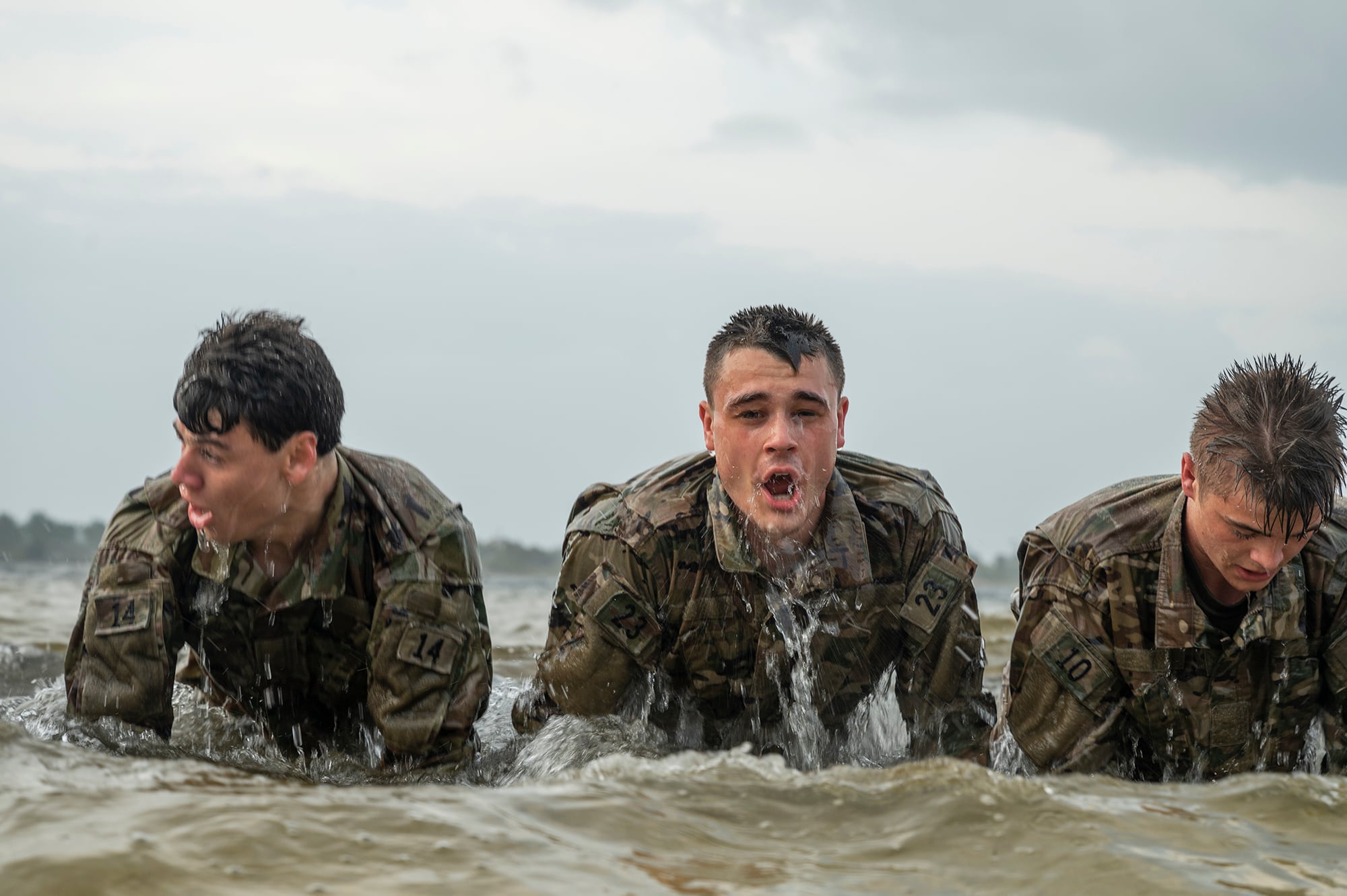
Officials say they’re on the right path to build the next generation of special warfare airmen, thanks to a combat-seasoned group of instructors, changing ideas of what those elite fighters need to know, and policies designed to help a newly co-ed force succeed.
“We’re at the point where we’re saying, what would this place look like in 10 years, 20 years? … If we had a blank slate, what would we do?” Wing Commander Col. Nathan Colunga told Air Force Times during a recent visit.
Special warfare encompasses seven types of commando jobs, including enlisted combat controllers, tactical air control party airmen, pararescue and special reconnaissance airmen, and combat rescue, special tactics and TACP officers. When working together, they comprise the “special tactics” ground force within larger units that include special operations aviators and cargo crews.
Special warfare opened its doors to women in 2015, but none made the cut until June 2022. Now, seven women have earned spots in special warfare in the past nine months.
“The primary factor in these graduates’ success, and that of any other graduate to come through the Special Warfare Training Wing, is their own determination to succeed,” said wing spokesperson Jennifer Gangemi.
She pointed to a new special warfare-focused recruiting squadron that has helped reach more potential applicants; improved mentorship; and the wing’s human performance team, which helps keep airmen in peak condition as they face the trials of special warfare training.
“The Special Warfare Training Wing is committed to creating an environment where all candidates can reach their full potential as long as they can meet the standards of the career field,” Gangemi said.
RELATED
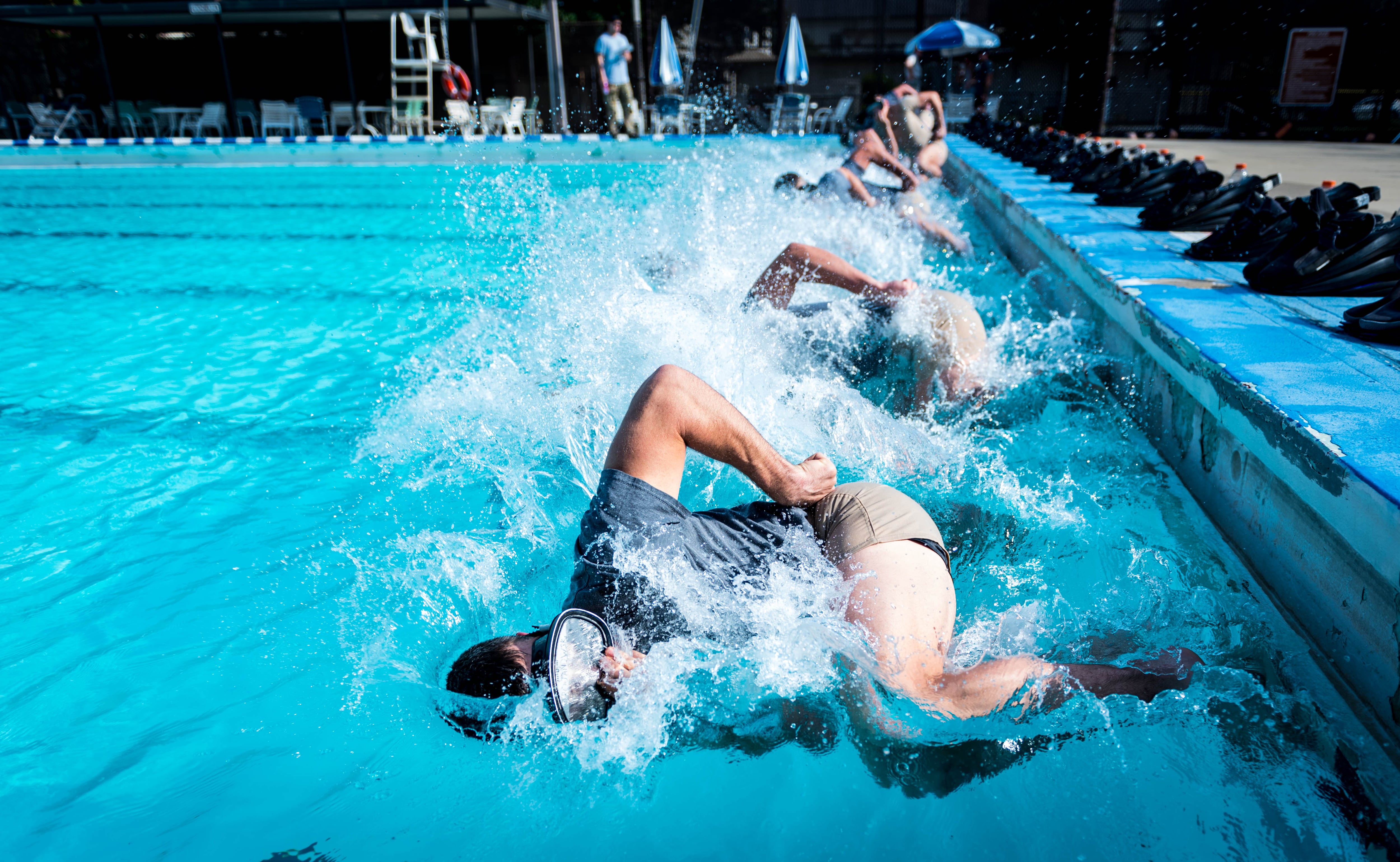
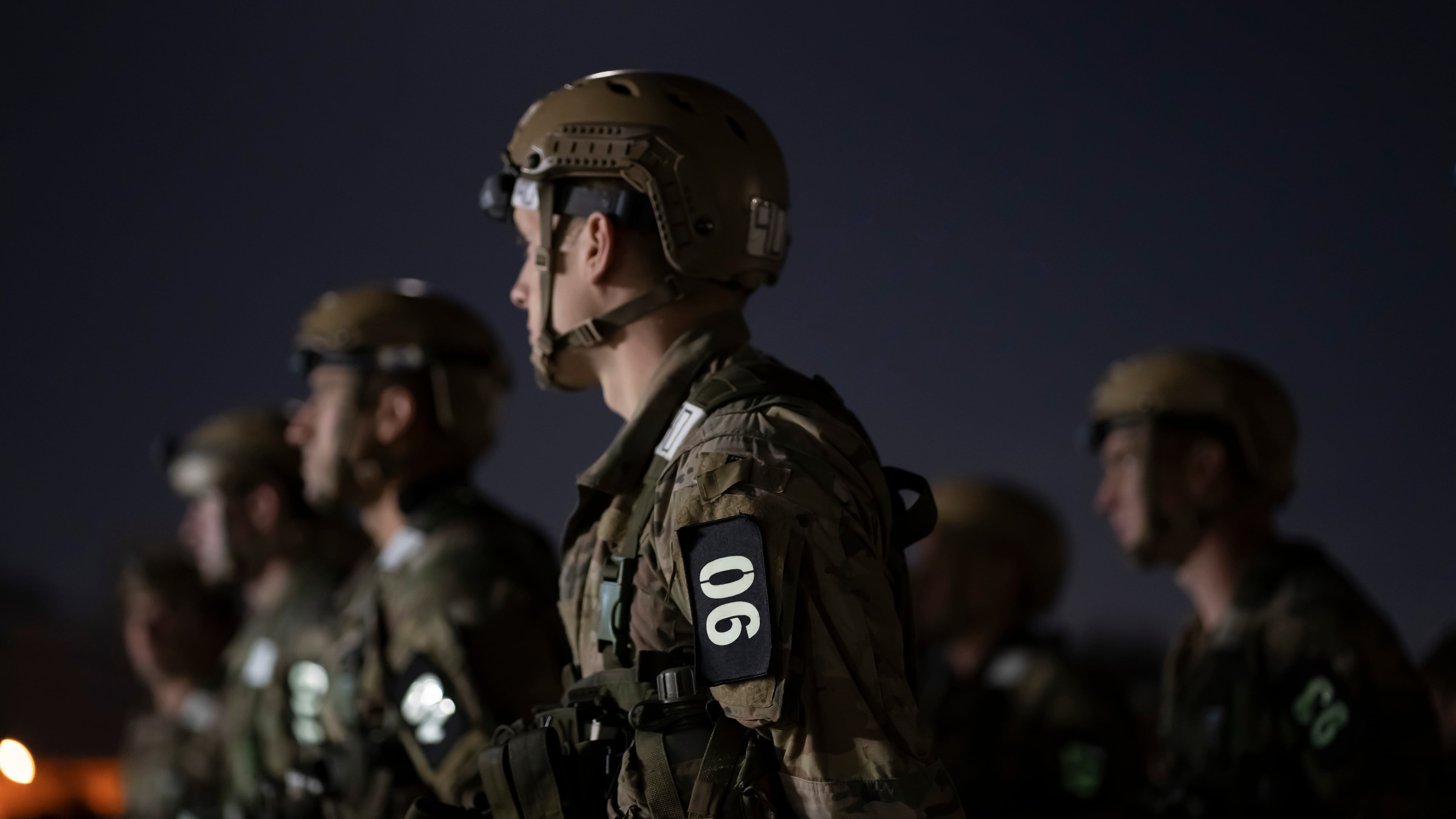
Setting rules in stone
Here’s how the pipeline works now: Trainees who arrive with no prior military experience face the most basic gauntlet, known as the “Initial Fitness Test.”
That test was codified into official policy in February 2022, one month after an anonymous member of the AFSOC community wrote an open letter that raised questions about the training’s fairness.
Enlisted hopefuls get two practice rounds: first, at the beginning of Air Force boot camp, and again at the end of basic training nearly eight weeks later.
To pass, airmen must complete eight pullups, 50 situps and 40 pushups, each in under two minutes; a 1.5-mile run within 10:20; a 500-meter surface swim in 15 minutes; and two 25-meter underwater swims that are graded as pass/fail.
That looks slightly different for officer candidates. First, they are vetted for a week by Air Combat Command or Air Force Special Operations Command, depending on their career path. Officers also have to pass the IFT with a slightly higher benchmark than their enlisted counterparts.
RELATED
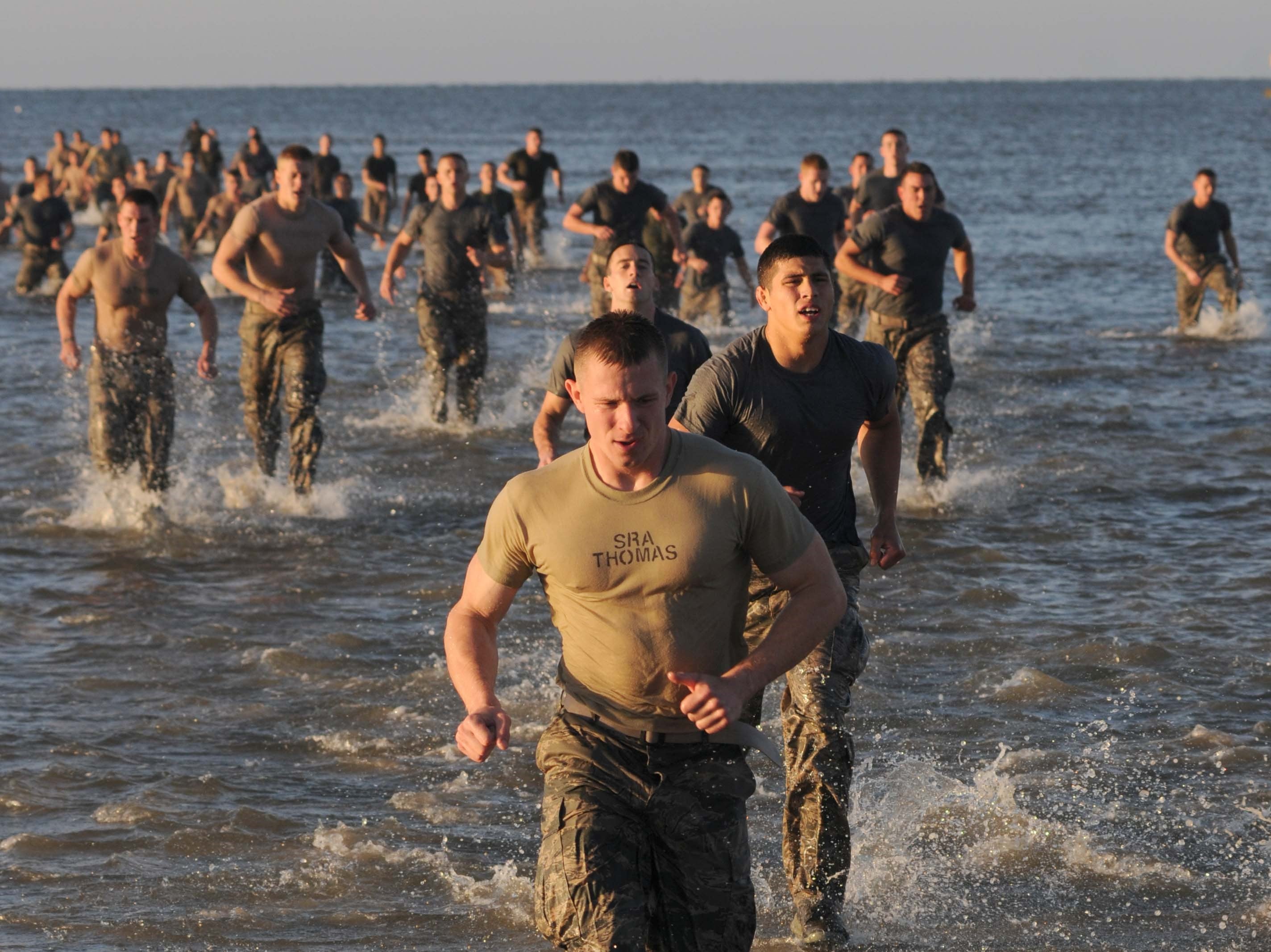
When enlisted airmen leave boot camp for special warfare training, they head first to the eight-week physical and mental preparatory regime known as the special warfare candidate course, or SWCC.
Airmen get two tries to pass the Initial Fitness Test at the beginning of the course; most pass on the second.
If a trainee can’t meet those requirements, their squadron may allow them to try again in another week or two. But if they’re unlikely to pass with a little more time, that’s when the wing invites them to come back later.
“Ultimately, we don’t want to get rid of him,” Colunga said. “We need the numbers.”
Official policy now says dropouts have to wait two years before they can try again.

The rule is designed to give prospects the time they need to mature, personally and professionally, and come back as a stronger candidate. In certain cases, group commanders can shorten the waiting period to one year.
“What we find a lot of times is very young people, 18-, 19-year-olds … figuring their lives out” physically and mentally, Colunga said. “The folks that come back after two years, or have prior service, have a much higher success rate.”
RELATED
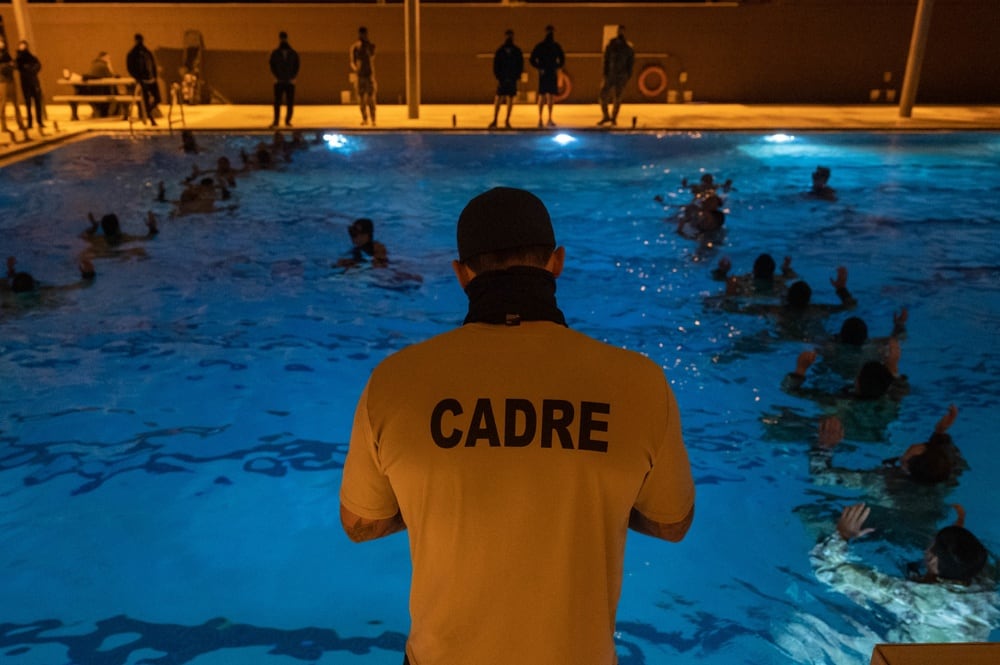
Troops in their early 20s are wiser in the ways of the Air Force, he added, and have garnered more of the leadership skills needed to succeed in a life-or-death line of work.
About 70% of special warfare trainees wash out of the program. Those who drop out during the candidate course will start over from the beginning, Colunga said.
To finish phase one, though, airmen must pass a more difficult exam: the candidate fitness test.
It entails a three-mile ruck march with a 60-pound pack in 50 minutes; a standing long jump of at least 75 inches; an agility drill in 11.5 seconds; deadlifting at least 225 pounds; at least eight pullups; a 100-yard farmer’s carry with two 53-pound kettlebells in 31 seconds; a 300-yard shuttle run in 82.5 seconds; and a 1,500-meter swim in 43 minutes and 50 seconds (they can run if a pool isn’t available).
Trainees have two opportunities to pass the CFT, which is required to enter the second phase of special warfare training. Falling short on the CFT will bump a candidate to a developmental course, where they brush up on skills until they can restart the candidates’ course.
Most trainees who pass then head to Phase II, or “assessment and selection.” (Prospective tactical air control party airmen follow a separate track.)
Officers who pass their initial fitness test are fast-tracked to assessment and selection as well. Like enlisted airmen, they also have to take the candidate test before starting the second phase of training.
RELATED
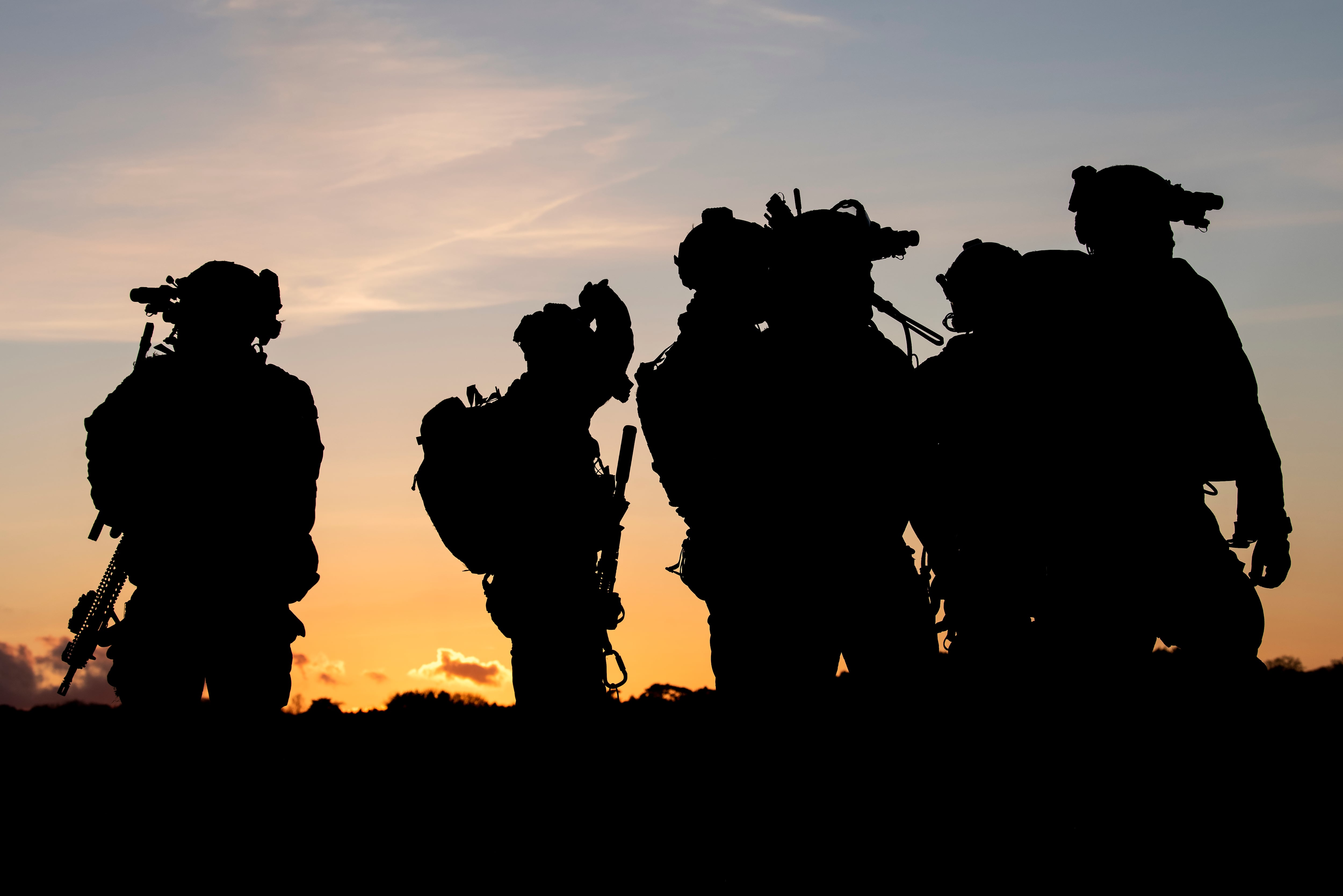
The four-week A&S phase vets their field skills in mock deployments, and judges them through interviews and quizzes.
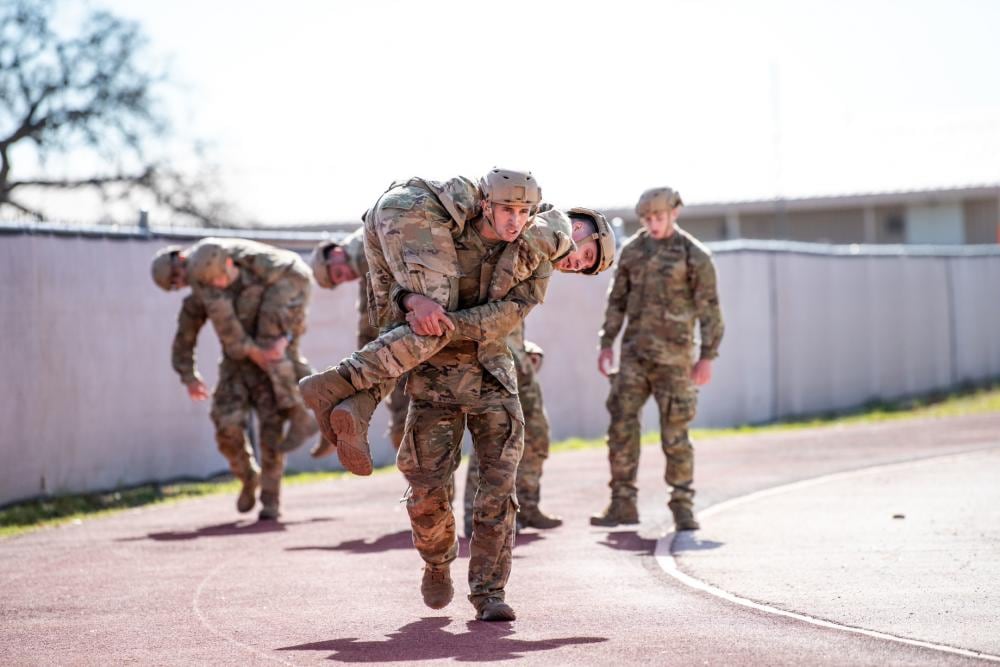
To graduate from A&S, officers and enlisted airmen get one try to pass their most difficult physical exam. The operator fitness test is required annually for special warfare airmen in the field and is more rigorous than the Air Force’s baseline fitness test.
Candidates face the same lineup of activities in the OFT as they do in the candidate test, but with more stringent standards. They have to finish the same ruck in under 49 minutes; jump at least 76 inches; run an agility drill in 11 seconds; deadlift at least 270 pounds; complete at least 10 pullups; and finish the farmer’s carry in 29 seconds, the shuttle run in 80.5 seconds, and the swim in 42:50.
Those OFT standards were introduced in 2021 and finalized the next year. Compared to an earlier version of the test from 2019, the minimum score grew more lenient on some events — the long jump and swim — but is more challenging in nearly all other areas. The shuttle run standard did not change.
Someone who quits during the assessment-and-selection phase will likely fall back to the initial candidate course, Colunga said. And if someone fails the OFT, the training wing will decide how far back the trainee should return to keep practicing.
But if they make it through, they can start down the path of several more courses — from dive training to freefall school — to earn their beret. The Air Force declined to answer how many people graduate from special warfare training each year, citing security concerns.
RELATED
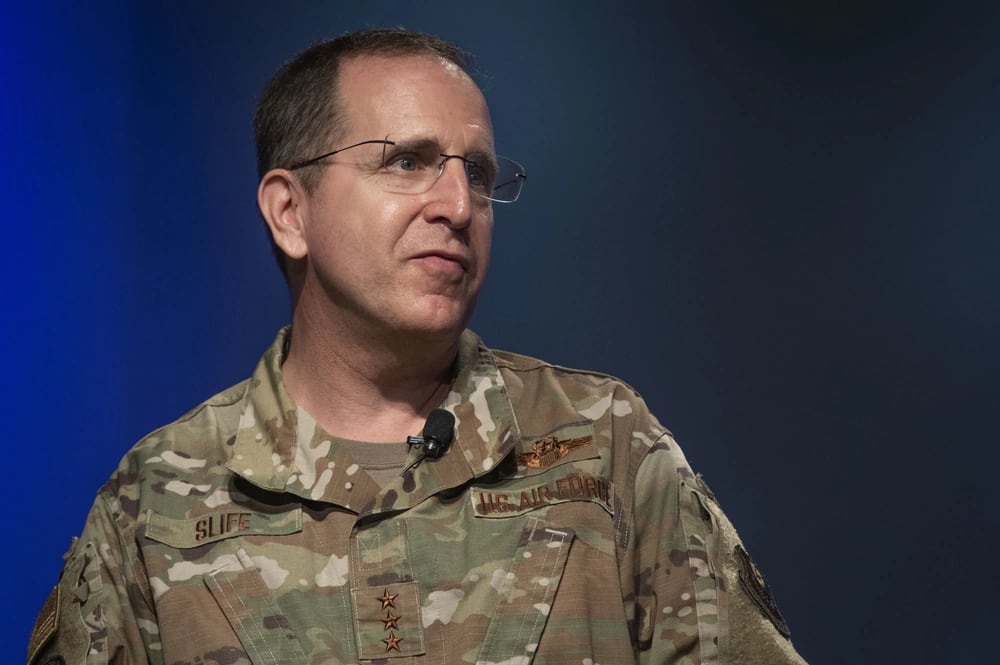
The entire pipeline takes about two years, but can last longer due to injuries or a backlog in classes. Delays, combined with the program’s 30% pass rate and high attrition in operational units, make it particularly hard to fill special warfare jobs and keep a full bench of instructors.
Colunga said that, at any given time, 100 to 200 trainees are typically waiting for a class slot to open so they can move forward, or are recovering from an injury. About half of those are waiting to start the Army-run freefall course at Yuma Proving Ground, Arizona.
“It’s not good for the units,” he said. “The needs that they have depend on our throughput. … Our biggest constraint is manpower.”
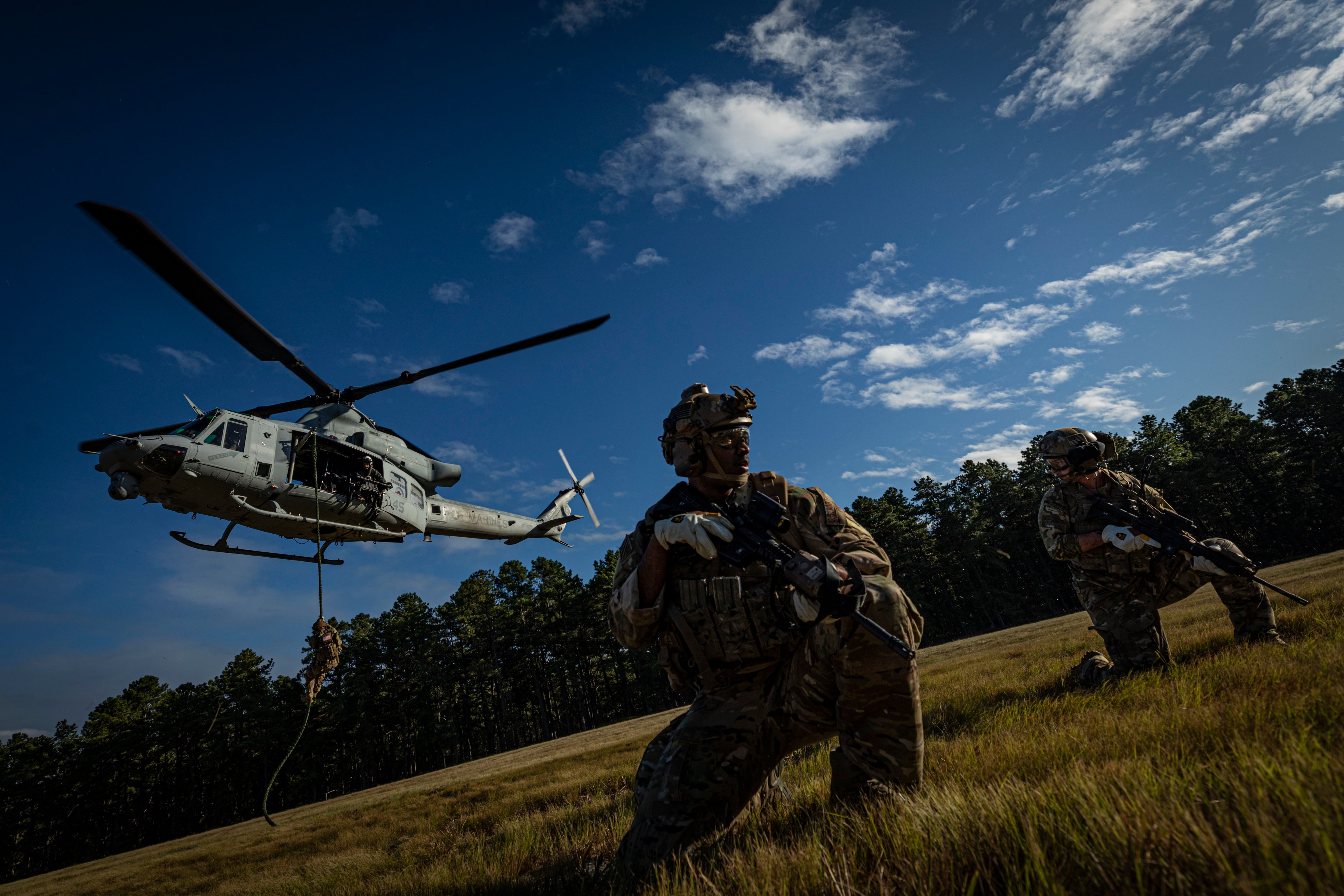
‘Listen to the instructor’
The first female special tactics officer’s path to graduation garnered attention in the special operations community, the media and Congress.
Though critics contended that leaders within Air Force Special Operations Command and Air Education and Training Command bent the rules for the female captain, an inquiry conducted by the Air Force Inspector General’s Office concluded that wasn’t true. The investigation found that a decision to let the trainee restart after quitting late in the process did not amount to foul play because Air Force rules did not forbid reinstating dropouts.
Much of the debate centered on the subjective judgment of leaders in parts of the pipeline without black-and-white standards.
“Facts did not support the letter’s claims of gender-based preferential treatment,” the report said. “The letter’s assertions are based mainly on … ‘cultural norms,’ knowledge of half the story and widely spread speculation fueled by special warfare students, instructor cadre and operators.”
The situation highlighted a rift between special warfare instructors who thought higher-ranking officials were making the grueling course easier for the sake of diversity, and higher-ranking officials who said it was a mix of learning opportunities and coincidences.
That deep-seated distrust has taken months to work through, said Colunga, who took command last July.
RELATED
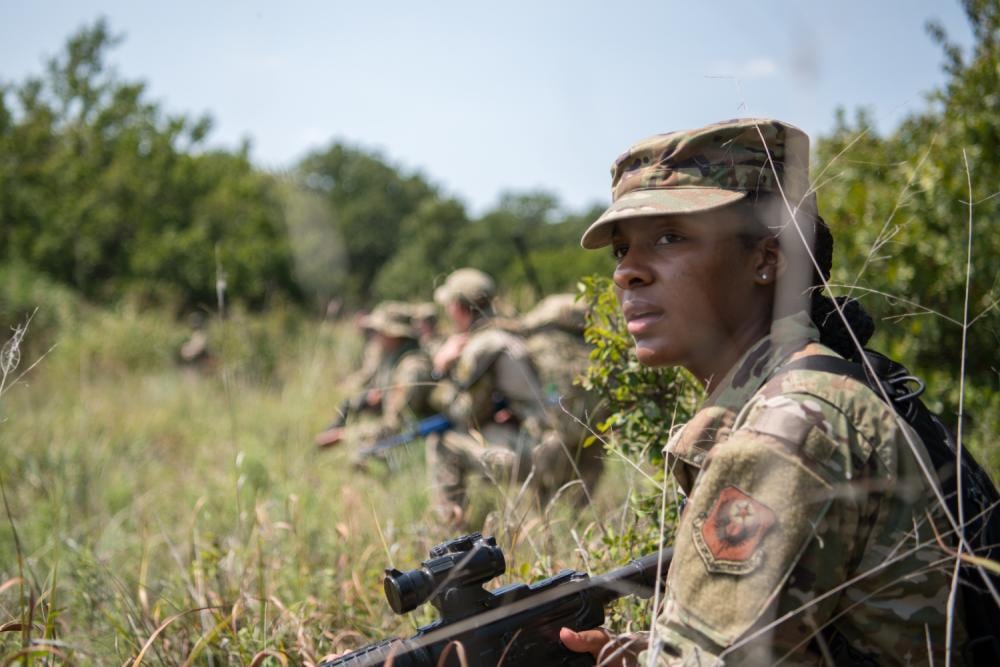
There’s plenty of ways for students to provide feedback to the wing; not so for instructors. But Colunga believes they’ve made headway in repairing the relationship through frank discussions of what instructors need.
“Our methodology over the last eight months has been, ‘We’re going to walk in and we’re going to listen. We’re going to hear what the organization says,’” Colunga said. “We went to every single unit. We spoke with as many instructors as we could.”
They aired their grievances about staffing shortfalls and aging facilities, concerns the wing is trying to address. Colunga has also reminded instructors they can access the same physical and mental health resources that are available to trainees.
Colunga said that has changed the tone inside the organization.
“If I focus on the students solely and ignore the instructors, then I maintain that lack of trust,” he said. “We had to flip that a little bit: Listen to the instructors, and they’ll take care of the student. It works itself out.”
Rachel Cohen is the editor of Air Force Times. She joined the publication as its senior reporter in March 2021. Her work has appeared in the Washington Post, the Frederick News-Post (Md.), Air and Space Forces Magazine, Inside Defense, Inside Health Policy and elsewhere.





